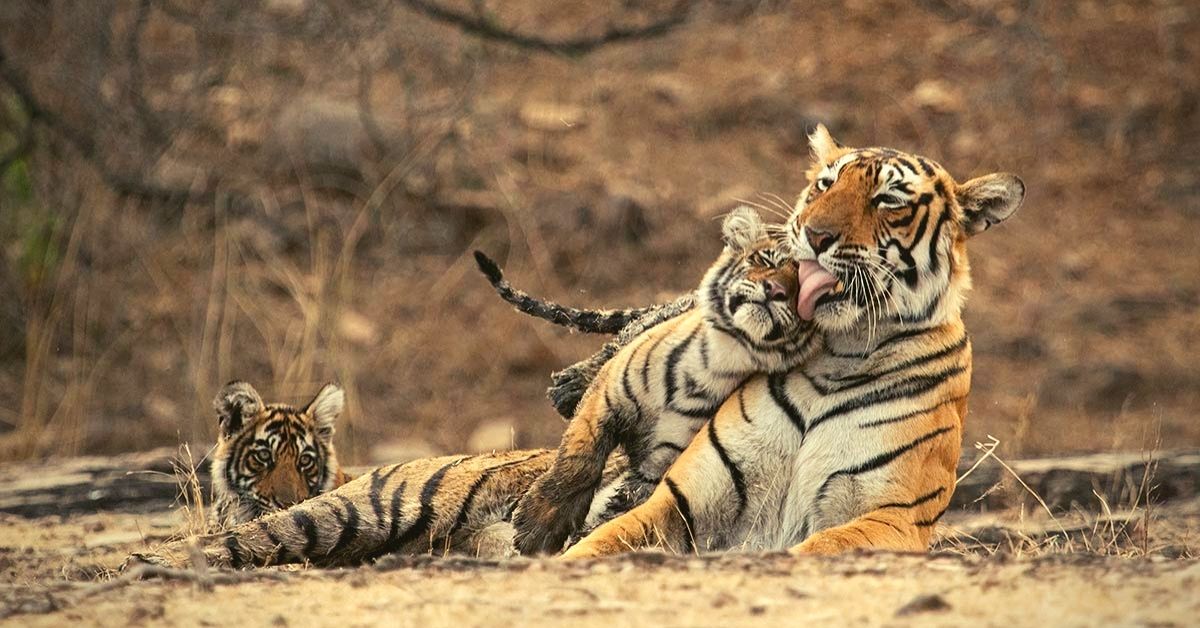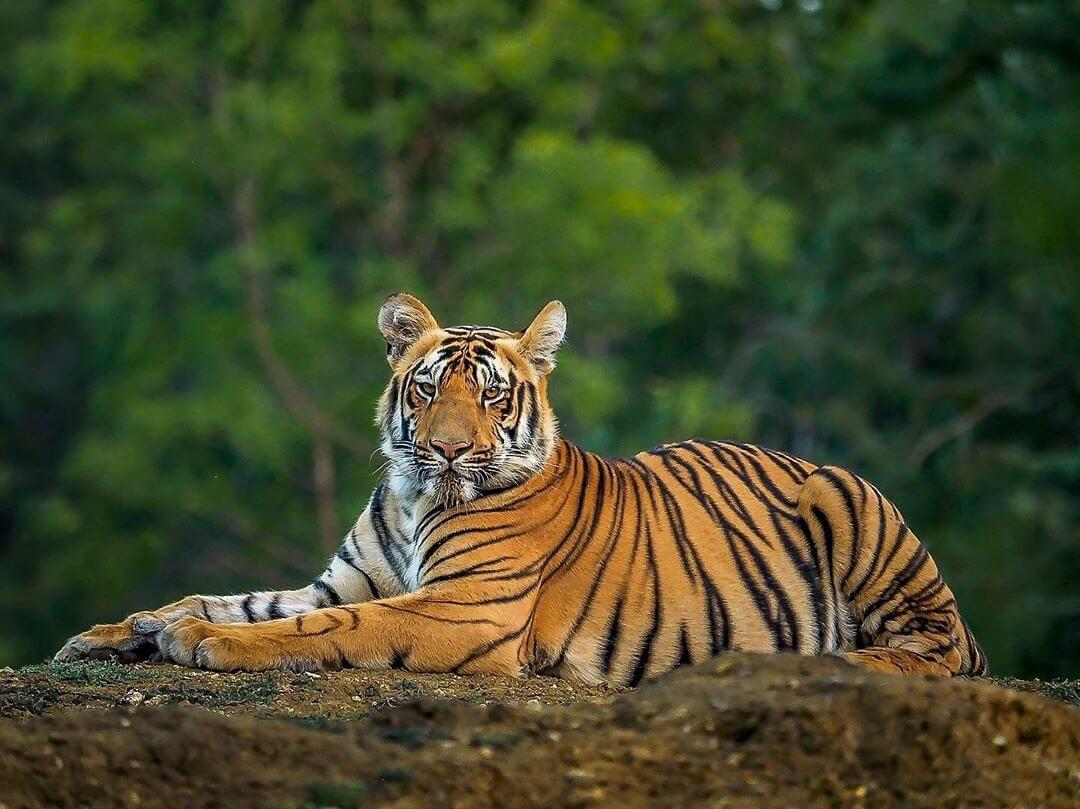Good news for India — tigers are making a big comeback! According to a new study in the journal Science, in just over ten years, India has doubled its number of tigers. Now there are more than 3,600 tigers living there. This means three out of every four wild tigers in the world live in India.
What makes this really special? These tigers live in an area that’s just half the size of Britain, and they share this space with 60 million people. That’s a lot of humans and tigers living near each other! The research team found that this special area covers about 1,38,200 square kilometres of land, where tigers roam freely through forests, grasslands, and even areas close to villages.
The study credits four core areas that helped India achieve this
- India was able to stop people from hunting tigers by having strict laws and forest guards
- India protected the places where tigers live by making special areas called reserves
- The country made sure tigers had enough food to eat by protecting deer and other animals that tigers hunt
- India helped the people who live near tigers by giving them support and money if and when they faced problems
Yadvendradev Vikramsinh Jhala, the study’s lead author, told the BBC, “We think human densities are detrimental to conservation of large carnivores. But more than density, it is the attitude of people that matters.” He pointed out that despite having a lower population density, Malaysia has not successfully revived its tiger population due to different socio-economic and conservation approaches.

In some parts of India, like Madhya Pradesh and Karnataka, tigers and people live quite close to each other. These areas do well for several reasons:
- Local people earn money from tourists who come to see tigers in the wild
- The Government helps people if they lose animals or crops because of tigers
- Communities understand why saving tigers is important and work to protect them
- Local schools teach children about wildlife, helping them grow up caring about tigers
But it’s not perfect everywhere. In some of India’s poorest areas, there are no tigers left. This is usually in places where people used to hunt wild animals for food. The study found this happening in places like Odisha, Chhattisgarh, Jharkhand, and parts of northeast India. These areas also face problems like poverty and lack of education, which make it harder to save wildlife.
What about safety?
In an interview with the BBC, Dr. Jhala explains it simply, “About 35 people die from tiger attacks each year. But many more people die from road accidents. If you visit a tiger reserve, you’re actually more likely to have a car accident than meet an angry tiger.”

He also mentions that about 150 people die from leopard attacks and wild pig incidents each year, showing that living with wildlife always needs careful planning and awareness.
The researchers check on India’s tigers every four years, visiting 20 different states to count tigers and see how they’re doing. This regular checking helps them understand what works and what doesn’t in saving tigers. Since 2006, they’ve seen tiger areas grow by about 2,929 square kilometres every year — that’s bigger than many cities!
The best part?
The researchers found that India still has room for more tigers. There are about 1,57,000 square kilometres where tigers could live again. With some work, about 10,000 square kilometres of this land could become new homes for tiger families. This is especially exciting because it means India’s tiger numbers could grow even more in the future.
The study also found something interesting about development and tigers. When an area gets richer, it can be good for tigers because people can afford to care about wildlife. But too much development can be bad because it destroys the forests tigers need. The trick is finding the right balance between helping people and protecting nature.
India has shown the world something important: if people work together and care about wildlife, we can save endangered animals, even in densely populated places.
Edited by Arunava Banerjee
No comments:
Post a Comment